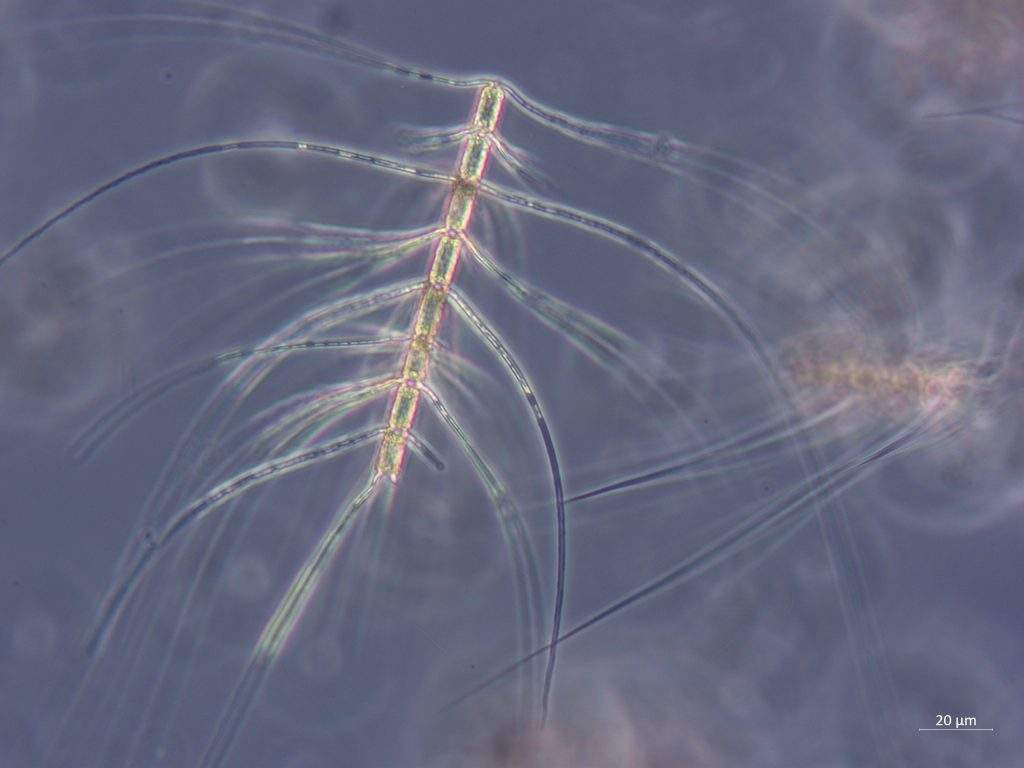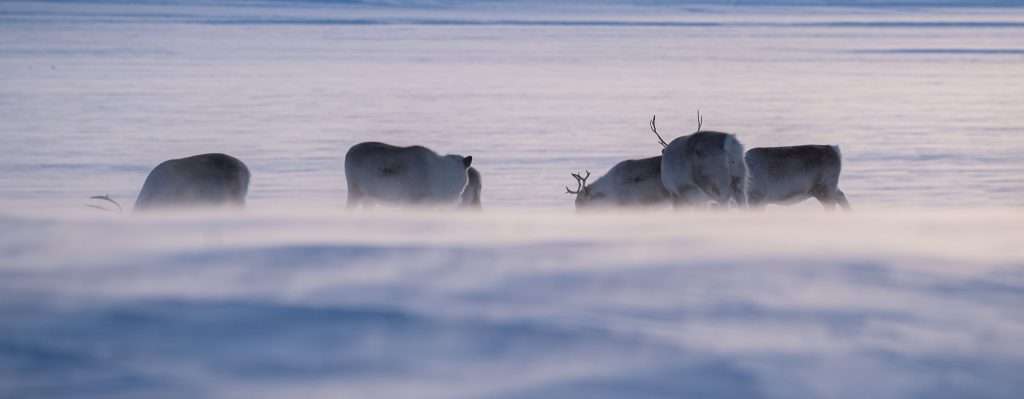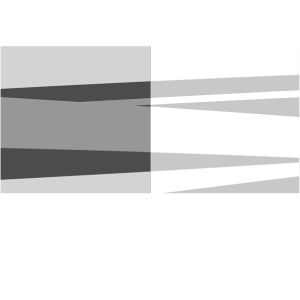Microbial eukaryotes
Microbial eukaryotes are an evolutionary diverse group that gathers various eukaryotic organisms of often microscopic sizes, such as protist and fungi. Protists, comprise a large variety of protozoa and micro-algae, like Amoebozoa (amoebae and slime molds), Excavates (trypanosomes, amitochondriate parasites), Archaeplastids (green algae and plants, red algae), Stramenopiles (brown algae and kelps), Alveolates (ciliates, apicomplexa, […]
Microbial eukaryotes Read More »













